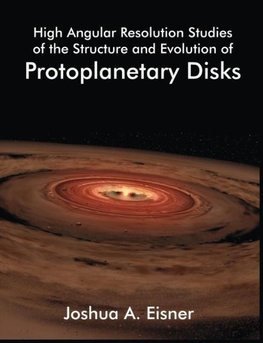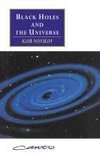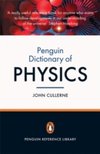
-
 Anglický jazyk
Anglický jazyk
Eisner, J: High Angular Resolution Studies of the Structure
Autor: Joshua A. Eisner
Young stars are surrounded by massive, rotating disks of dust and gas, which supply a reservoir of material that may be incorporated into planets or accreted onto the central star. In this dissertation, I use high angular resolution observations at a range... Viac o knihe
Na objednávku
30.24 €
bežná cena: 33.60 €
O knihe
Young stars are surrounded by massive, rotating disks of dust and gas, which supply a reservoir of material that may be incorporated into planets or accreted onto the central star. In this dissertation, I use high angular resolution observations at a range of wavelengths to understand the structure, ubiquity, and evolutionary timescales of protoplanetary disks.
First, I describe a study of Class I protostars, objects believed to be at an evolutionary stage between collapsing spherical clouds and fully-assembled young stars surrounded by protoplanetary disks. I use a Monte Carlo radiative transfer code to model new 0.9 micron scattered light images, 1.3 mm continuum images, and broadband spectral energy distributions. This modeling shows that Class I sources are probably surrounded by massive protoplanetary disks embedded in massive infalling envelopes. For the best-fitting models of the circumstellar dust distributions, I determine several important properties, including envelope and disk masses, mass infall rates, and system inclinations, and I use these results to constrain the evolutionary stage of these objects.
Second, I discuss observations of the innermost regions of more evolved disks around T Tauri and Herbig Ae/Be stars, obtained with the Palomar Testbed and Keck Interferometers. I constrain the spatial and temperature structure of the circumstellar material at sub-AU radii, and demonstrate that lower-mass stars are surrounded by inclined disks with puffed-up inner edges 0.1-1 AU from the star. In contrast, the truncated inner disks around more massive stars may not puff-up, indicating that disk structure depends on stellar properties. I discuss the implications of these results for disk accretion, terrestrial planet formation and giant planet migration.
Finally, I put these detailed studies of disk structure into a broader context by constraining the mass distribution and evolutionary timescales of circumstellar disks. Using the Owens Valley Millimeter Array, I mapped the millimeter continuum emission toward >300 low-mass stars in the NGC 2024 and Orion Nebula clusters. These observations demonstrate that the average disk mass in each cluster is comparable to the "minimum-mass protosolar nebula," and that there may be disk evolution on one million year timescales.
- Vydavateľstvo: Dissertation.Com
- Rok vydania: 2005
- Formát: Paperback
- Rozmer: 246 x 189 mm
- Jazyk: Anglický jazyk
- ISBN: 9781581122800












 Nemecký jazyk
Nemecký jazyk 